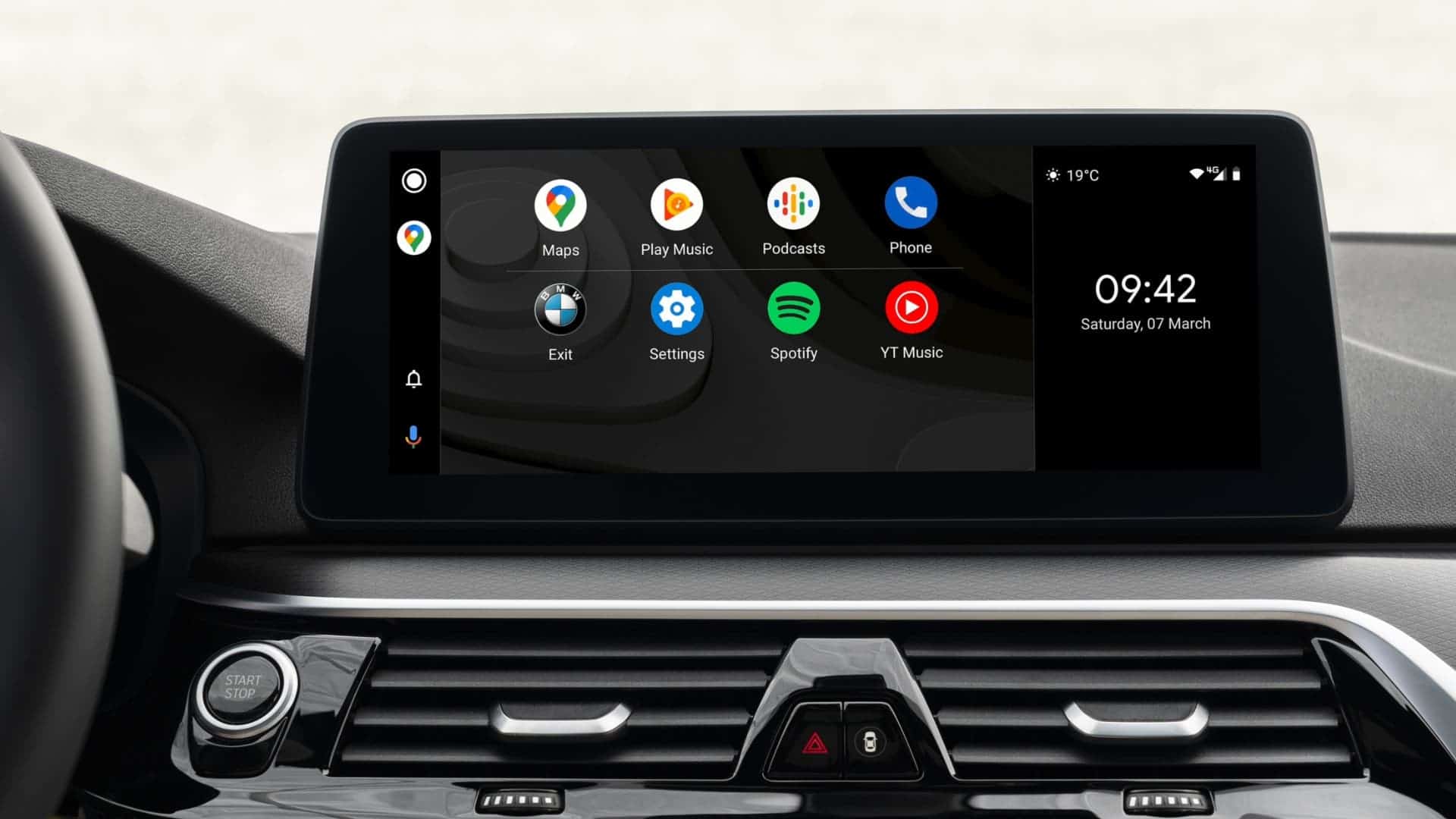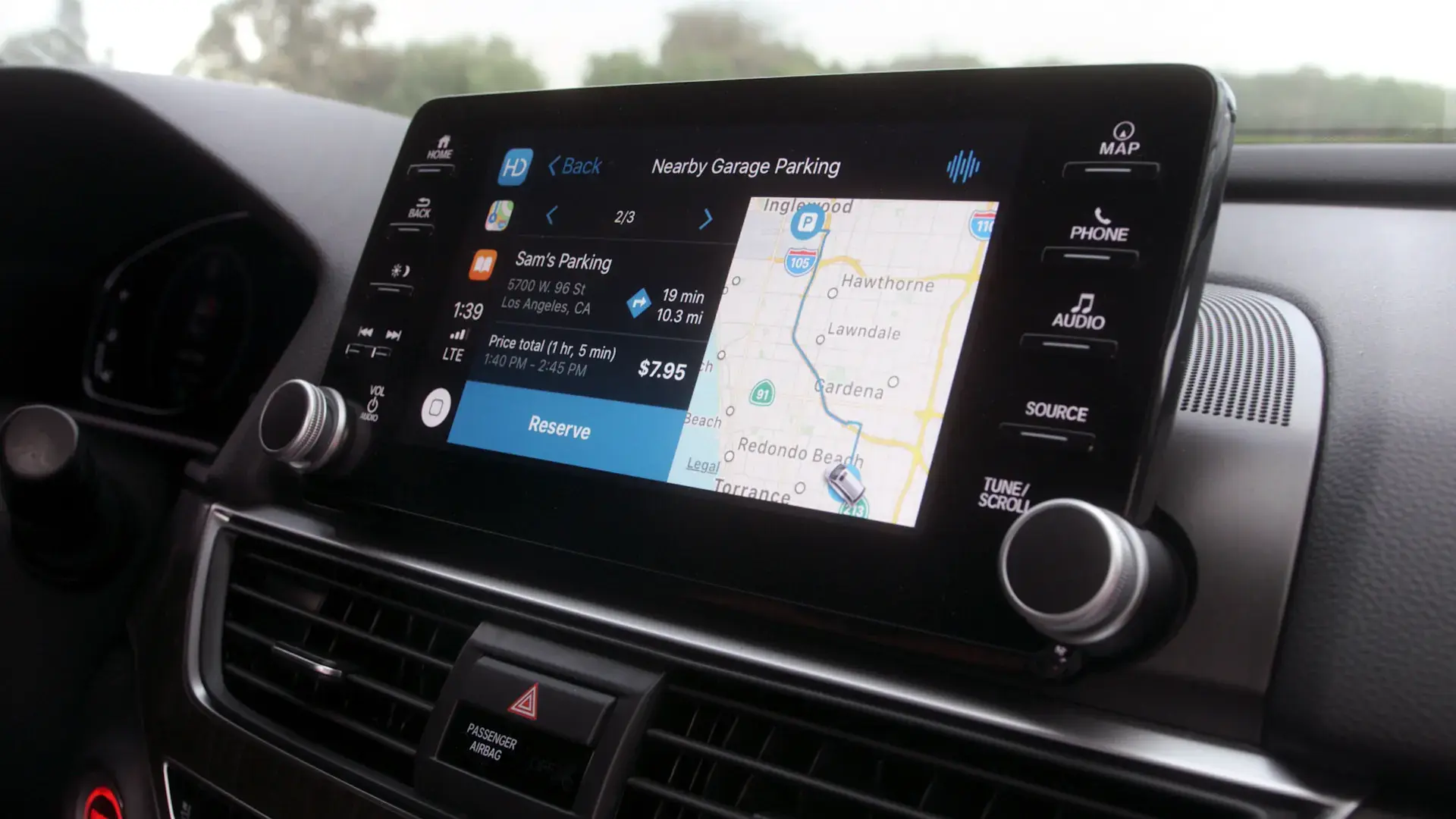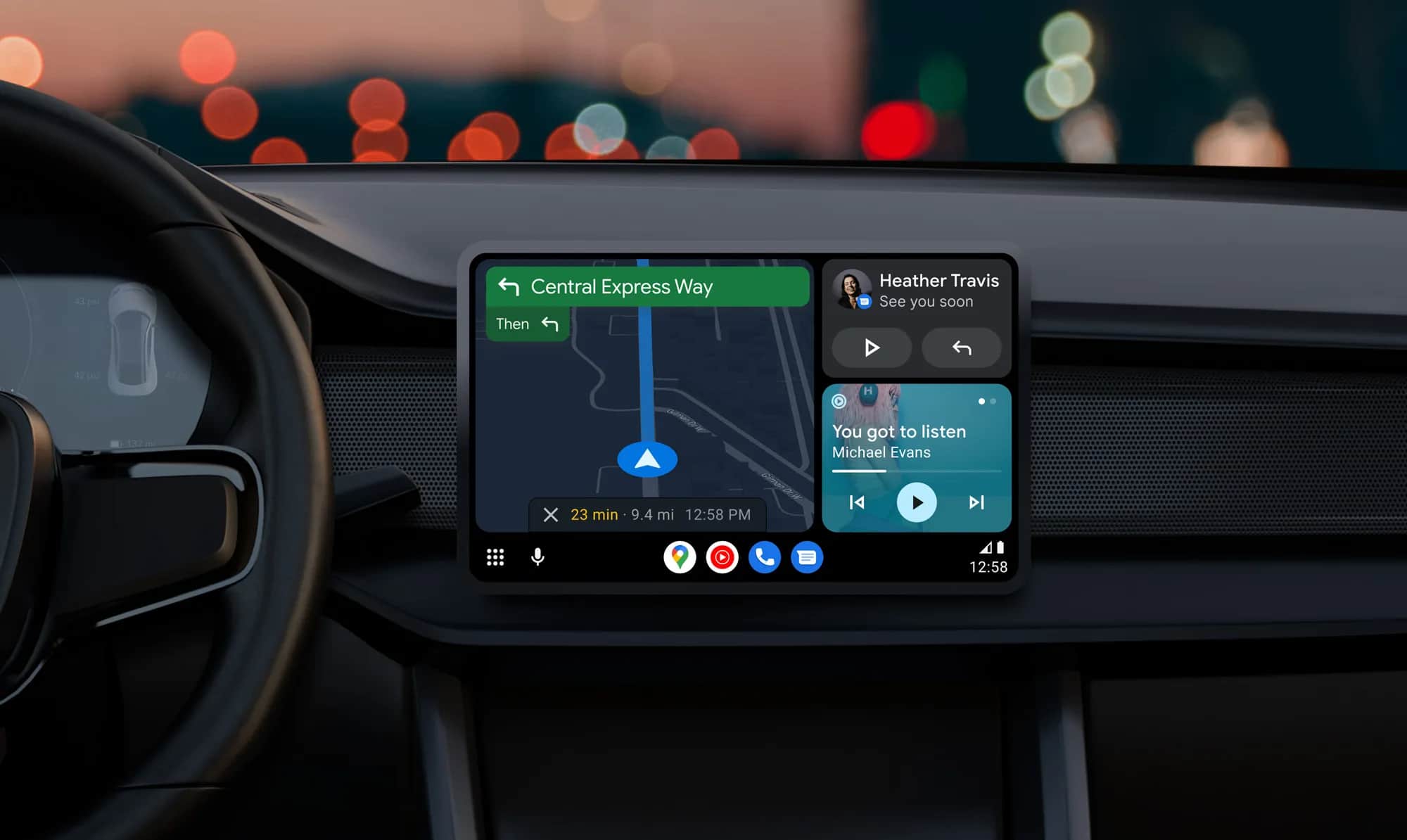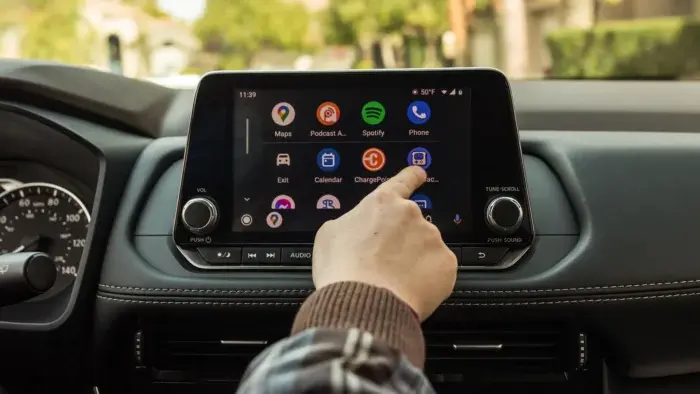The landscape of Android Auto updates has seen its share of twists and turns lately. Following the surprise release of Android Auto 11.8 without a beta phase, and the dual beta and stable release of 11.7, Google seems to be returning to normalcy with the introduction of the Android Auto 11.9 beta program. This article delves into what users can expect from this latest pre-release version.
Android Auto 11.9 Beta: A Look Under the Hood

Navigating the Update Cycle
For those invested in the Android Auto ecosystem, the recent update cadence has likely been confusing. The lack of a beta for version 11.8 and the simultaneous beta and stable release of 11.7 deviated from the typical rollout strategy. Thankfully, Android Auto 11.9 marks a return to the familiar beta testing phase, allowing users to get a glimpse of upcoming features (or lack thereof, as we’ll see).
What’s New (or Not So New) in 11.9 Beta
One of the defining characteristics of Android Auto updates has been a relative paucity of outwardly visible changes. This trend continues with version 11.9 beta. Our exploration of the pre-release build failed to uncover any groundbreaking new features or functionalities. This doesn’t necessarily signify a lack of progress; it’s more likely indicative of Google’s focus on behind-the-scenes improvements and bug fixes.
Material You Redesign: A Gradual Rollout
One caveat to the “no new features” observation is the ongoing rollout of the Material You redesign for the settings menu. This visual refresh, characterized by a more dynamic and user-friendly interface, began appearing for some users a few days before the 11.9 beta release. Notably, the redesigned settings are not directly tied to the beta program itself. They are controlled by a server-side switch, meaning even those who don’t install the beta might eventually see the updated settings menu.
The Beta Program: Eligibility and Alternatives
Those already enrolled in the Android Auto beta program on Google Play will receive the 11.9 beta update automatically. However, this program has been at capacity for quite some time, leaving new participants out in the cold. For these users, the option to download the Android Auto 11.9 beta APK from APKMirror remains available. It’s important to remember that sideloading APKs carries inherent risks, so users should proceed with caution and only download from trusted sources.
A Focus on Stability and Performance
While the lack of headline-grabbing features in 11.9 beta might be underwhelming for some, it’s crucial to remember the significance of stability and performance in a platform like Android Auto. Regular updates, even those without flashy new features, likely address underlying bugs and improve overall system efficiency. Google’s silence on the matter of known bug fixes in this update doesn’t necessarily negate their inclusion. Historically, beta releases often pave the way for bug squashing and internal improvements that pave the way for a more polished final release.
Looking Ahead: What to Expect
The arrival of the 11.9 beta signifies a potential shift back to normalcy in the Android Auto update cycle. We can anticipate a stable release of version 11.9 in the near future, likely incorporating the bug fixes and optimizations present in the beta. Beyond that, it’s anyone’s guess what Google has in store for future updates. While the focus on stability is commendable, users eagerly await the introduction of features that demonstrably enhance the Android Auto experience.

The Future of Android Auto
The in-car infotainment landscape is constantly evolving, with new competitors and innovative features emerging regularly. While Android Auto remains a dominant player, it’s vital for Google to maintain a steady stream of improvements to keep pace with the competition. This might involve seamless integration with new connected car functionalities, enhanced voice assistant capabilities, or a more customizable user interface.
In conclusion, the Android Auto 11.9 beta represents a continuation of the platform‘s ongoing development, with a likely emphasis on stability and performance enhancements. While the absence of groundbreaking new features might be a touch disappointing, it shouldn’t overshadow the importance of a robust foundation for future innovation. Here’s to hoping that subsequent updates bring exciting features that elevate the Android Auto experience to new heights.
Beyond the Beta: Exploring the Android Auto Ecosystem
The Android Auto beta program offers a valuable window into upcoming developments, but the ecosystem itself encompasses a broader range of considerations. Let’s delve deeper into some key aspects that contribute to a seamless and enjoyable Android Auto experience.
Beyond Google: The Role of Third-Party Apps
The functionality of Android Auto extends far beyond the core offering from Google. Third-party app integration plays a crucial role in enriching the in-car experience. Popular navigation apps like Waze and HERE Maps provide alternative routing options and functionalities. Music streaming services like Spotify and Apple Music keep users entertained on the road. Messaging apps like WhatsApp and Telegram, when used responsibly and in accordance with local traffic laws, allow for hands-free communication.
The key to a successful third-party app experience in Android Auto lies in compatibility and user-friendliness. Apps that are specifically designed for the Android Auto interface, prioritizing intuitive controls and clear visuals, ensure a safe and engaging experience. It’s important to note that not all smartphone apps are compatible with Android Auto. Consulting the official Android Auto app list on Google Play ensures a smooth and frustration-free experience.

Hardware Considerations: Head Unit Compatibility and Smartphone Capabilities
For Android Auto to function, users need a compatible head unit in their car. These in-dash infotainment systems provide the hardware interface for running Android Auto. While most modern car models come equipped with Android Auto compatibility, older vehicles might require aftermarket head unit installations. Exploring compatibility options with car manufacturers or trusted car audio specialists is crucial before making any hardware upgrades.
The user’s smartphone also plays a vital role. While most mid-range and high-end smartphones released in recent years are compatible with Android Auto, it’s always wise to check for specific model compatibility. Additionally, a phone with a reliable internet connection and sufficient processing power will ensure smooth performance while using Android Auto.
Safety First: Using Android Auto Responsibly
The core tenet of Android Auto’s design philosophy is to prioritize safety while driving. The platform’s focus on voice commands, clear visuals, and a streamlined interface minimizes driver distraction. However, it’s the responsibility of each user to employ Android Auto in a safe and responsible manner. Keeping eyes focused on the road and avoiding complex interactions while driving are paramount. Utilizing features like voice-activated navigation and replying to messages with pre-recorded responses can significantly reduce distraction.
The Future of In-Car Connectivity: What Lies Ahead
The future of in-car connectivity is brimming with possibilities. The integration of Android Auto with connected car features holds immense potential. Imagine seamlessly controlling in-car climate settings or adjusting vehicle settings directly through the Android Auto interface. Advanced driver-assistance systems (ADAS) could potentially leverage Android Auto for enhanced safety functionalities or real-time traffic updates.
The potential for personalization within the Android Auto experience is another exciting prospect. Customizable dashboards with user-preferred app shortcuts and information displays could become a reality. Voice assistant capabilities could evolve to handle more complex in-car requests, further enhancing user convenience.
In conclusion, the Android Auto 11.9 beta represents a single piece of the Android Auto ecosystem puzzle. While the beta program provides a glimpse into upcoming software developments, the broader ecosystem encompasses third-party app integration, hardware compatibility considerations, and a commitment to responsible in-car usage. As technology continues to evolve, the future of Android Auto promises exciting possibilities for a more connected, personalized, and ultimately safer driving experience.





